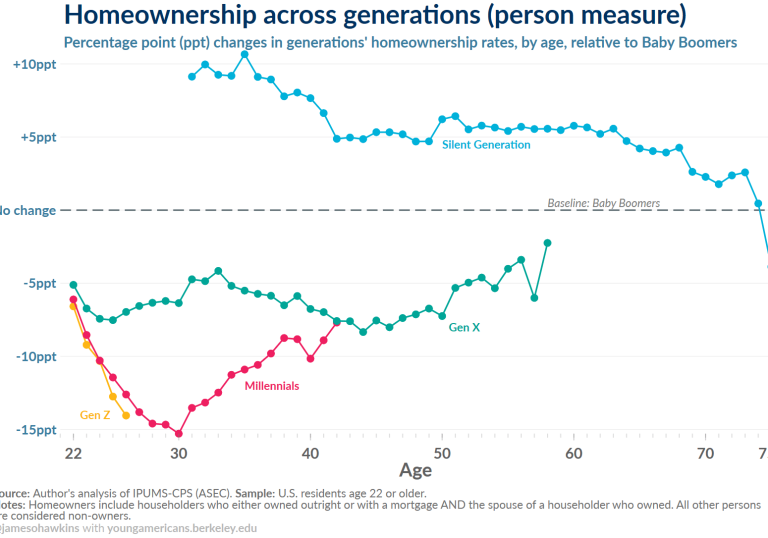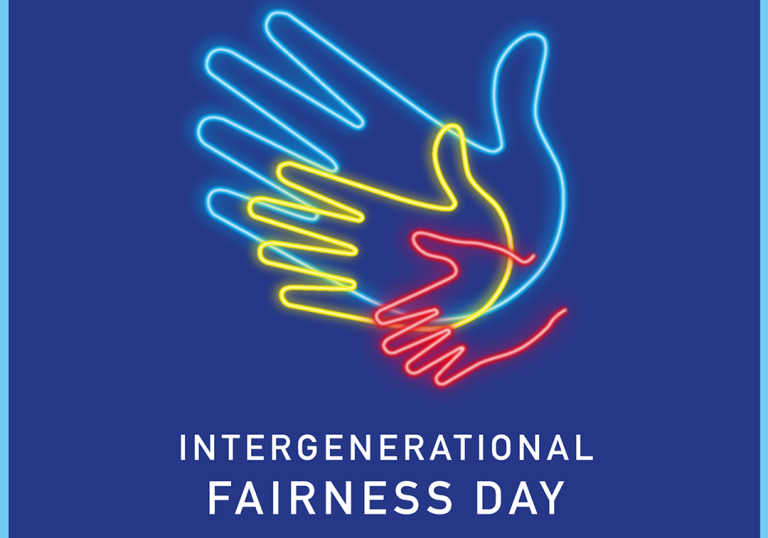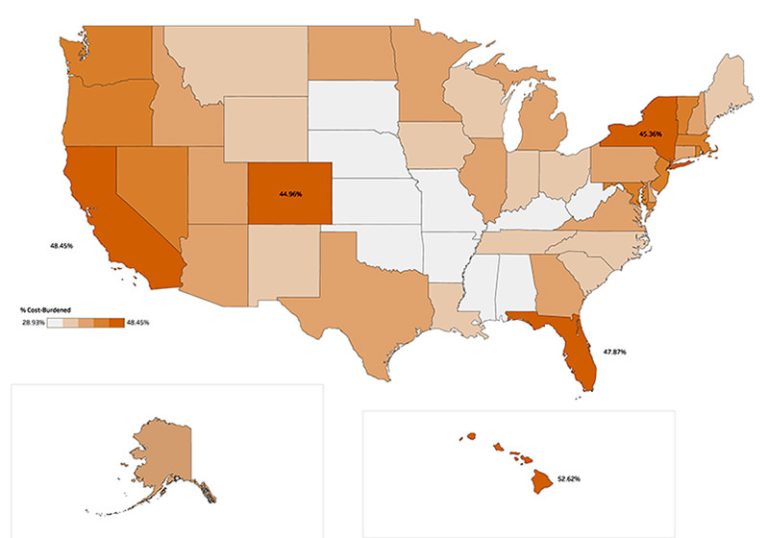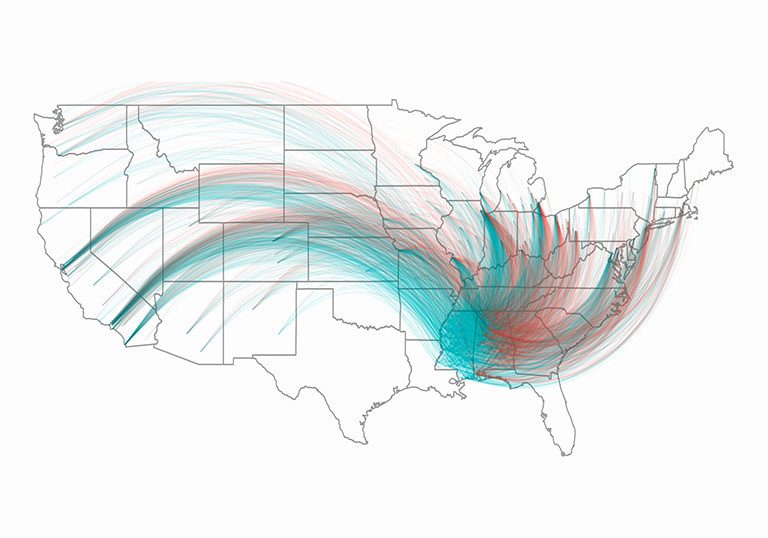Code, publicly-available data, and figures for this post are available on this Github repository.
California faces a housing crisis. The severity of this crisis is apparent in a number of statistics. In recent years, the confluence of rapid increases in housing prices and increases in interest rates has significantly affected home affordability in the state. Homelessness rates in California are up substantially. Rising insurance premiums have been increasingly pressing on homeowners. One area where the affordability crisis is not apparent? Homeownership rates.
The U.S. Census Bureau’s conventional measure of homeownership rates shows remarkable stability in the Golden State. With the caveat that there is always some volatility in homeownership around business cycles, homeownership based on this measure has hardly moved in recent decades: barely falling from 56.5% in 1980 to 55.9% in 2022. This naturally raises the question: If the affordability crisis is so bad, why isn’t homeownership falling?
The short story is that the conventional measure of homeownership can no longer provide a fully accurate picture of homeownership for all California residents. Unfortunately, over time, the conventional measure has become increasingly disconnected from the homeownership status of a growing number of Californians, especially young adults. The reason is technical and requires a brief foray into the weeds of homeownership measurement.
This issue brief looks at trends in homeownership rates in California, with special attention to long-run changes in homeownership rates for young adults using an individual-level measure of homeownership, which corrects for changing living arrangements over time in the Golden State.










